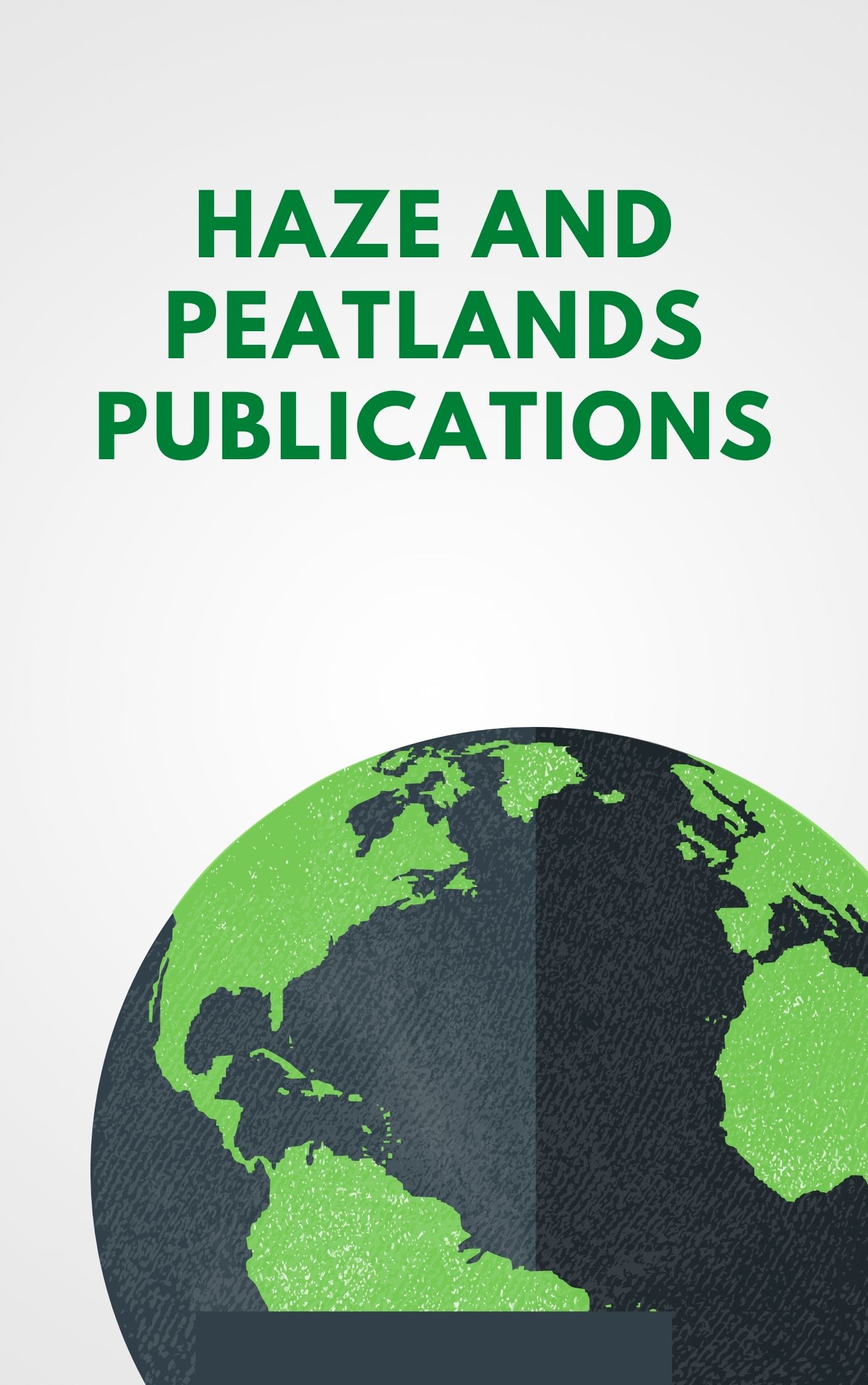Large-scale wildfires affect millions of hectares of land in Indonesia annually and produce severe smoke haze pollution and carbon emissions, with negative impacts on climate change, health, the economy and biodiversity. In this study, we apply a mechanistic fire model to estimate burned area in Indonesia for the first time. We use theWildfire Climate Impacts and Adaptation Model (FLAM) that operates with a daily time step on the grid cell of 0.25 arc degrees, the same spatio-temporal resolution as in the Global Fire Emissions Database v4 (GFED). GFED data accumulated from 2000-2009 are used for calibrating spatially-explicit suppression efficiency in FLAM. Very low suppression levels are found in peatland of Kalimantan and Sumatra, where individual fires can burn for very long periods of time despite extensive rains and fire-fighting attempts. For 2010-2016, we validate FLAM estimated burned area temporally and spatially using annual GFED observations. From the validation for burned areas aggregated over Indonesia, we obtain Pearson's correlation coefficient separately for wildfires and peat fires, which equals 0.988 in both cases. Spatial correlation analysis shows that in areas where around 70% is burned, the correlation coefficients are above 0.6, and in those where 30% is burned, above 0.9. © 2018 by the authors.
View source

